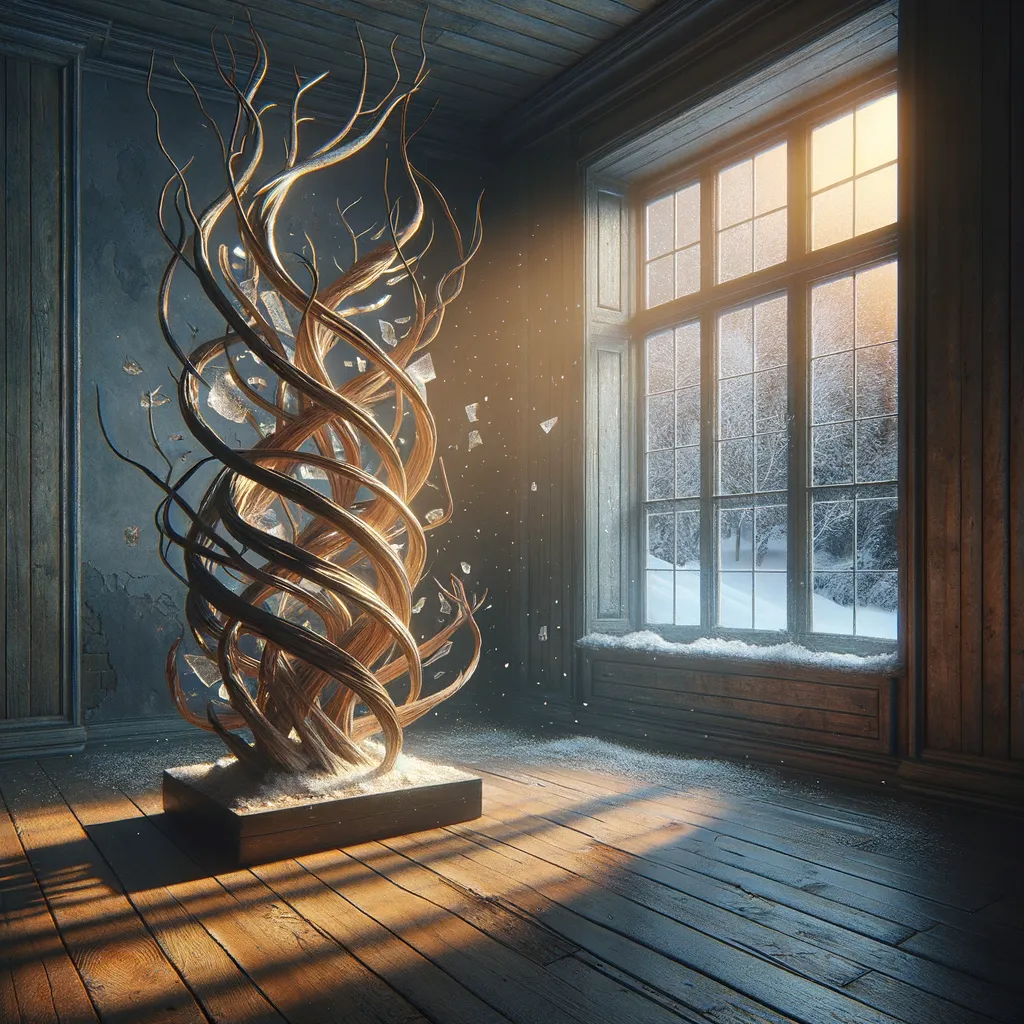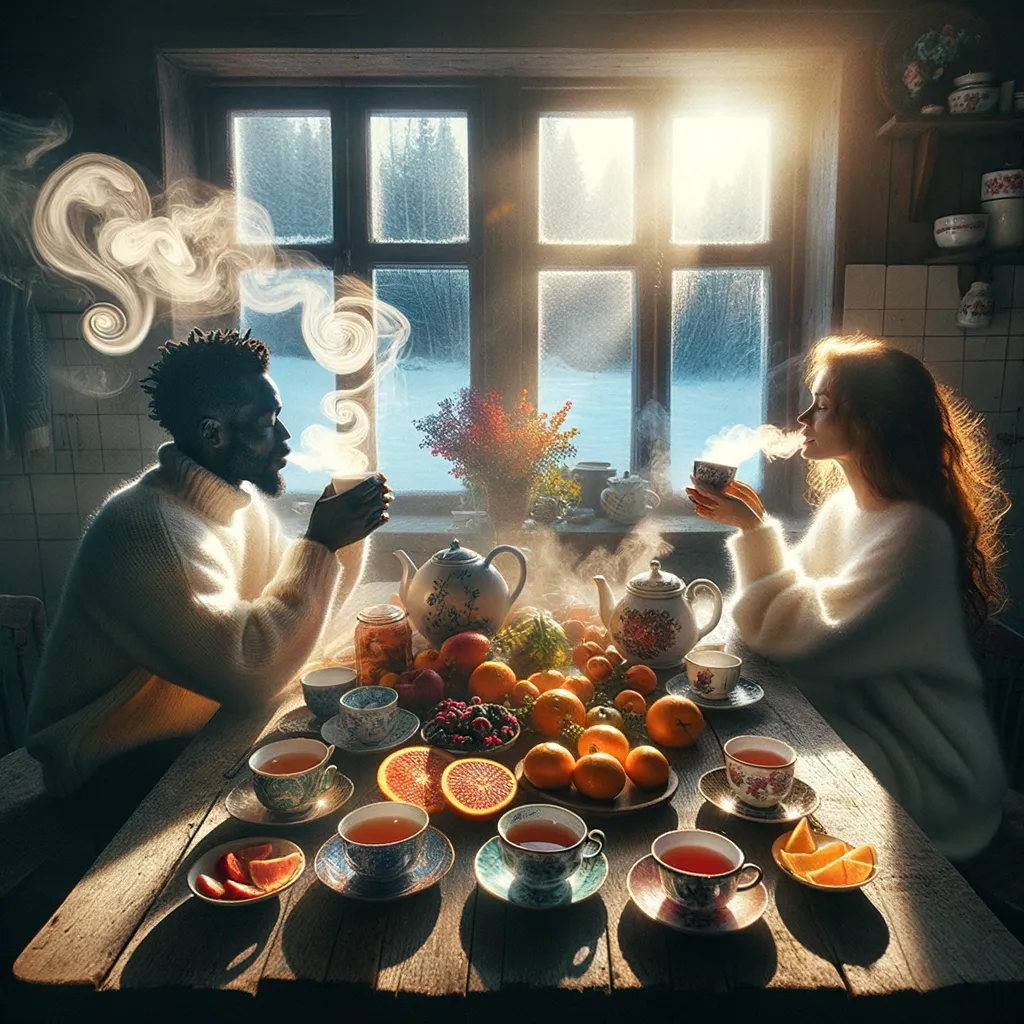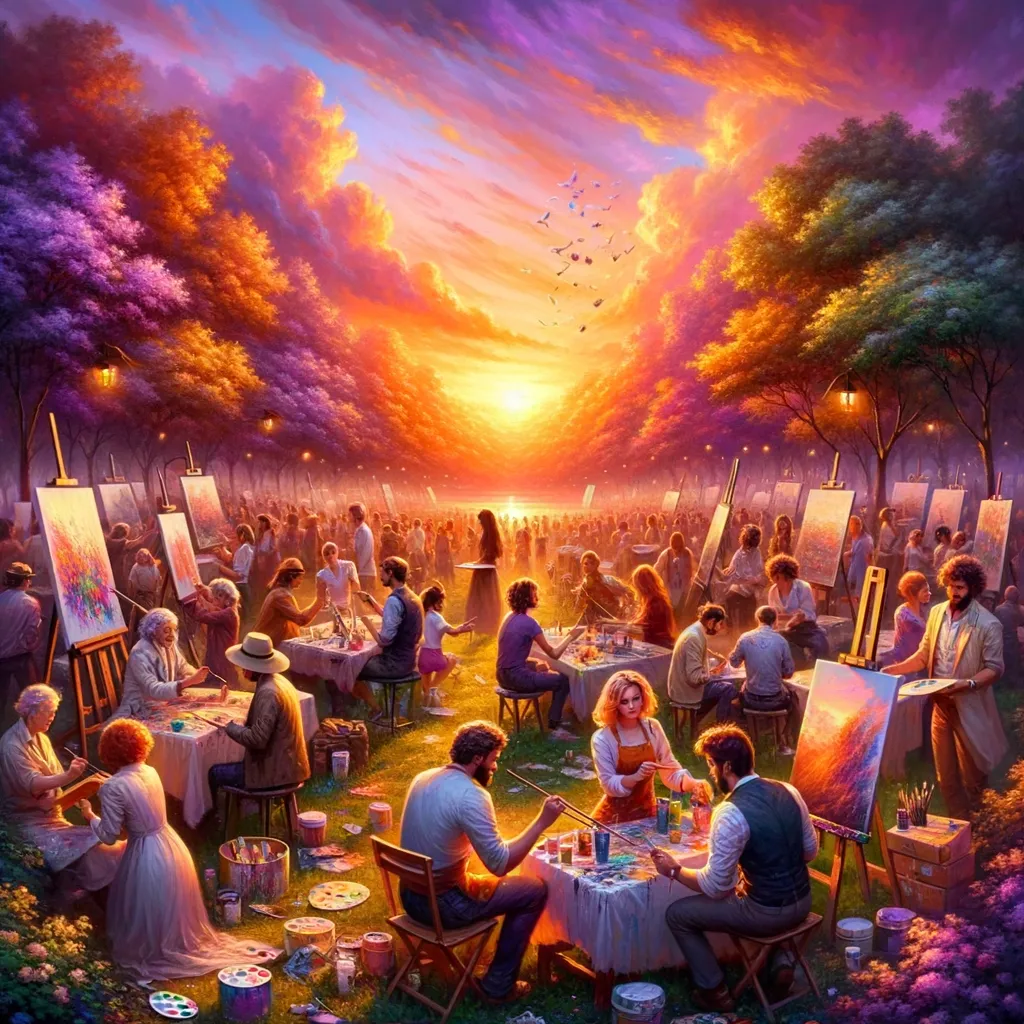Amidst Winter’s Whisper: Sculpting Conflict into Connection
In a small, dimly lit room, the swirling chaos of winter outside mirrored the internal tempest of unresolved conflicts within. As snowflakes danced, a vision of a towering sculpture began to take shape—a tangle of branches representing the complexity of human emotions, intertwined yet distinct, rough yet polished. The unexpected inclusion of glass shards within this wooden masterpiece revealed the fragility of truth and the potential for healing, suggesting that even the sharpest words can lead to beauty when pieced together. This revelation transformed conflict from a barrier into a bridge, illuminating the deeper connections that lie beneath the surface of disagreements. With a newfound sense of purpose, the memory of that day became a guiding light, inviting a journey of empathy and understanding in every encounter.
In the memory of December 19, 2002, I stood in a small, dimly lit room, surrounded by the remnants of a forgotten winter. Outside, snowflakes danced in the cold air, each one unique yet part of a larger, swirling chaos. It was the kind of day when the world outside seemed to mirror the tumult within. That winter was not just a backdrop; it was a canvas for a lesson I had yet to learn, a lesson about conflict and the delicate art of resolution.
As I peered out the window, I envisioned a sculpture that encapsulated my approach to disagreement. It would be a towering figure of intertwined branches, their gnarled shapes representing the complexity of human emotions. Each branch would twist and turn, sometimes crossing paths, sometimes growing in isolation. This sculpture, though chaotic at first glance, would reveal a deeper harmony upon closer inspection. The interplay of light and shadow would symbolize the dual nature of conflict—how it can illuminate truths even as it obscures clarity.
The texture of the sculpture would be rough in places, where the bark had not been smoothed over, signifying the raw edges of our conversations. In other areas, the surface would be polished, representing the moments of understanding and compromise that can emerge when we choose to engage rather than retreat. It struck me that this was a tangible representation of how I often navigated disagreements—through a dance of roughness and smoothness, an ebb and flow of tension and release.
Yet, the most surprising element would be the inclusion of glass within the wooden structure. Transparent shards would glisten amid the branches, reflecting the light in unexpected ways. This glass would symbolize vulnerability, the fragility of our truths. Just as glass can shatter, so too can words wound deeply, and yet, when pieced back together, they can form something even more beautiful. It was a reminder that conflict, while painful, can also lead to healing and transformation.
In that moment of reflection, I realized that the sculpture was not just about conflict; it was about connection. The branches, while distinct, were rooted in the same soil, drawing nourishment from a shared foundation. This idea resonated with me, highlighting the importance of understanding the deeper roots of our disagreements. Each disagreement held the potential to uncover something more profound if we dared to dig deeper.
The snow continued to fall outside, blanketing the world in a serene hush, contrasting sharply with the internal storm brewing within. I thought of the times I had avoided confrontation, choosing silence over the messy work of resolution. Each avoidance left me feeling fragmented, much like the branches that grew apart without ever intertwining. This realization was both liberating and daunting; the choice to engage meant risking discomfort but also the possibility of growth.
As I stood there, the metaphor of the sculpture morphed into something more personal. It became a reflection of my own journey through conflict—one marked by moments of courage and hesitation, by clarity and confusion. The branches and glass were no longer just shapes; they were echoes of my own experiences, each telling a story of struggle and resolution.
With every snowfall, the world transformed, a reminder that change is inevitable. I began to see conflict not as a barrier but as a bridge, an opportunity to connect in ways that might have otherwise remained unexplored. Each disagreement became a chance to discover not just the other person, but a deeper understanding of myself.
As I turned away from the window, I felt a renewed sense of purpose. The memory of that day in December would linger, a guiding light in my approach to conflict. The sculpture I envisioned was not a fixed entity; it was dynamic, ever-evolving, much like the relationships we cultivate. In acknowledging the beauty in our disagreements, we unlock the door to empathy, understanding, and ultimately, connection.
What if, in every conflict we face, we chose to see the potential for transformation rather than division?
In the intricate dance of conflict lies the potential for transformation, where every disagreement can become a bridge to deeper understanding and connection.



